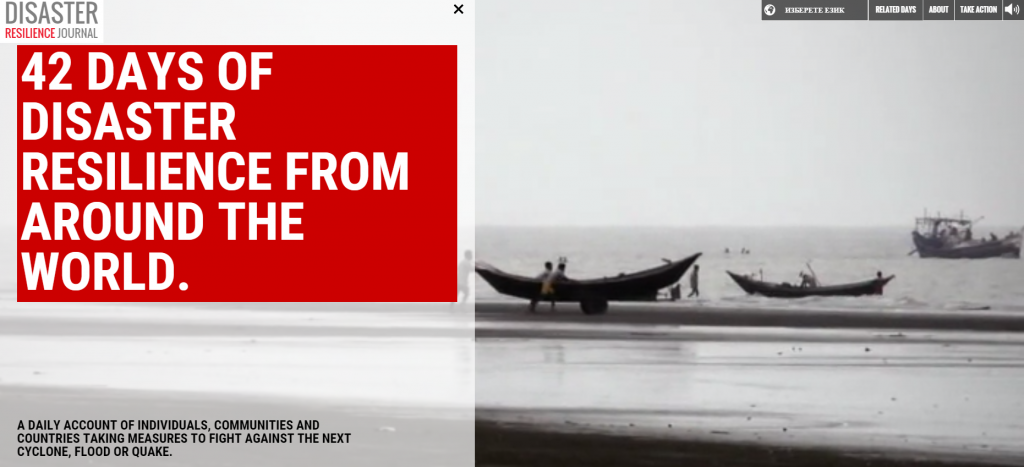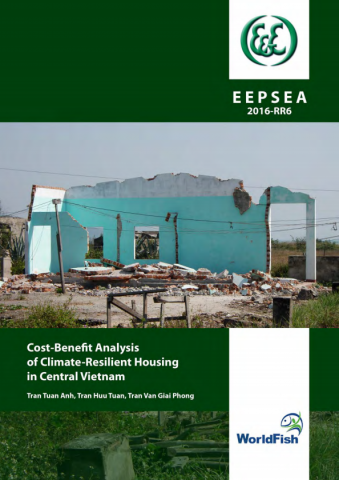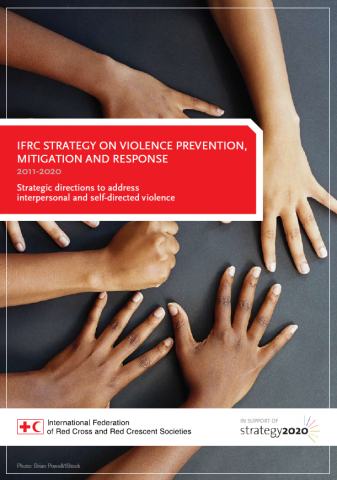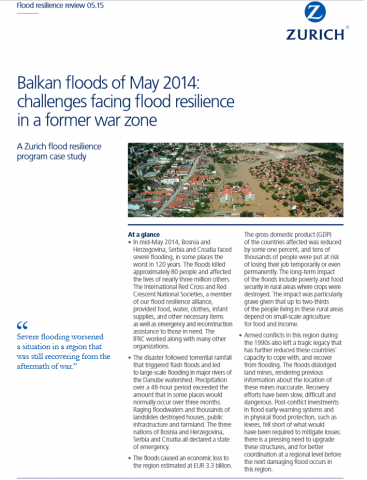Participatory Cost-Benefit-Analysis
Community based needs assessments lead to action planning to develop activities and programs in an intervention area. To guide the review and prioritization of potential solutions that form the basis of community action plans the GDPC is working with the Institute for Social and Environmental Transition (ISET) to better integrate simplified and participatory approaches to […]
Participatory Cost-Benefit-Analysis Read More »




